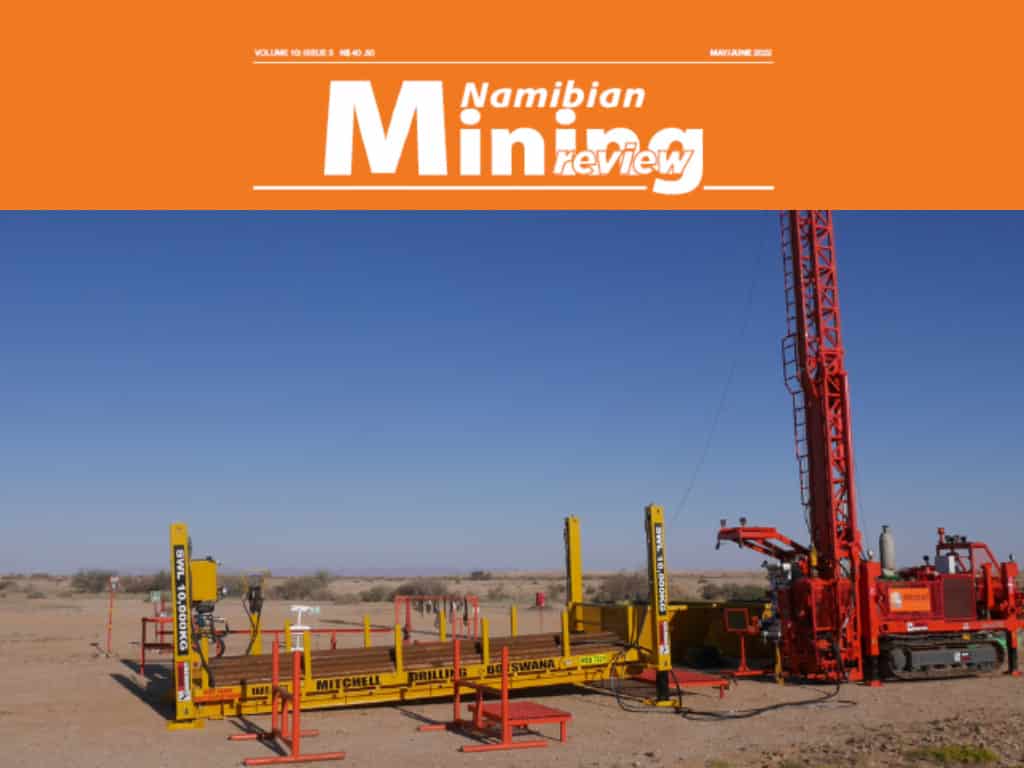(by Glenn-Nora Tjipura)
In the next decade, the worldwide push for a ‘green revolution’ will heighten, to prevent the earth’s surface from heating more than 1.5 degrees Celsius. Increased production for rare earth elements (REE) will be required, Namibia can be part of the supply chain.
As the world pushes for a greener future, rare earth magnets are widely in demand, but currently, more than 80 percent of all refined rare earths products are produced in China and more than 60 percent of the global REE ore mining and processing originates from China.
Amid trade disputes and political tensions countries worldwide are actively seeking new rare earth supplies, with Europe launching an EU Critical Raw Materials Action Plan, which seeks to cut dependency on China.
REEs are a set of 17 metallic elements on the periodic table and are necessary components for more than 200 hightech consumer products such as cellular phones, computer hard drives, including electric vehicles and wind turbines.
Of the 17 REEs, two elements are gathering a lot of attention. Growth at six percent year-on-year is expected for Neodymium (Nd) and Praseodymium (Pr) which are the two main REEs of focus of the Eureka Project. More societies are adopting low carbon alternatives leading to Nd and Pr now representing more than 70 percent of the market value of all the REEs. E-Tech Resources is a REE development company that owns 100 percent of the Eureka REE Project in Namibia, is set to be a driving force in green and digital future.
The Eureka Project is conveniently located approximately 250 km north-west of Windhoek the capital city and 130km east of Walvis Bay the country’s main port. The Eureka deposit lies within Exclusive Prospecting Licence number 6762; which covers Eureka Farm 99 and Sukses Farm 90 in the Erongo Region.
E-Tech Resources aim to make the Eureka Project a key component and player in the global supply chain of REEs, especially the elements Nd and Pr. The company takes pride in its values that are centered around sustainably sourced and generated electric power, and is dedicated to supplying the key ingredients for the manufacture of electric motors that facilitate a clean energy future.
The Eureka Project commenced exploration in 2016, and after geophysical surveys, mapping, and metallurgical test work, announced its first technical disclosure with assay results from 7 reverse circulation (RC) drill holes in 2021. Since then further promising results have resulted from a much larger combined RC and diamond drilling campaign, and in March 2022 E-Tech Resources announced the final batch of assay results from the first diamond drilling campaign (C1). The full set of assay results of this drilling programme (RC and DD) will be incorporated into the resource block model, which will then be used as the basis for an update to the current Mineral Resource Estimate.
The deposit has the potential for easy physical processability; from mechanized mining of the mineralized dykes from an open pit, to concentrating the ore by using off the shelf beneficiation equipment. No hazardous or expensive chemicals are required in the process to a marketable concentrate. Eureka has yielded a 65percent + recovery of monazite to concentrate in the first pass using a gravity process alone, with the concentrate level running around 60 percent TREO (total rare earth oxide). The valuable NdPr oxide runs at 16 percent of that TREO. Further processing routes for converting monazite concentrates into separated rare earth oxides is well known and established.
Eureka Project is not only fittingly located in Namibia, a highly revered mining country with a stable democracy, but the project’s simple mineralogy, easy processability, and favorable logistics, have the potential to make it one of the simplest and most accessible sources of REE supply to the global market.
E-Tech Resources aligns its sustainability policy with the guidelines of the United Nations’ Sustainable Development Goals (SDG).
The Eureka REE Project will secure sustainable value to its stakeholders by installing a sustainability committee to guide its efforts in areas such as environmental care, health and safety, community support, efficient energy consumption, and job creation and skills training.





